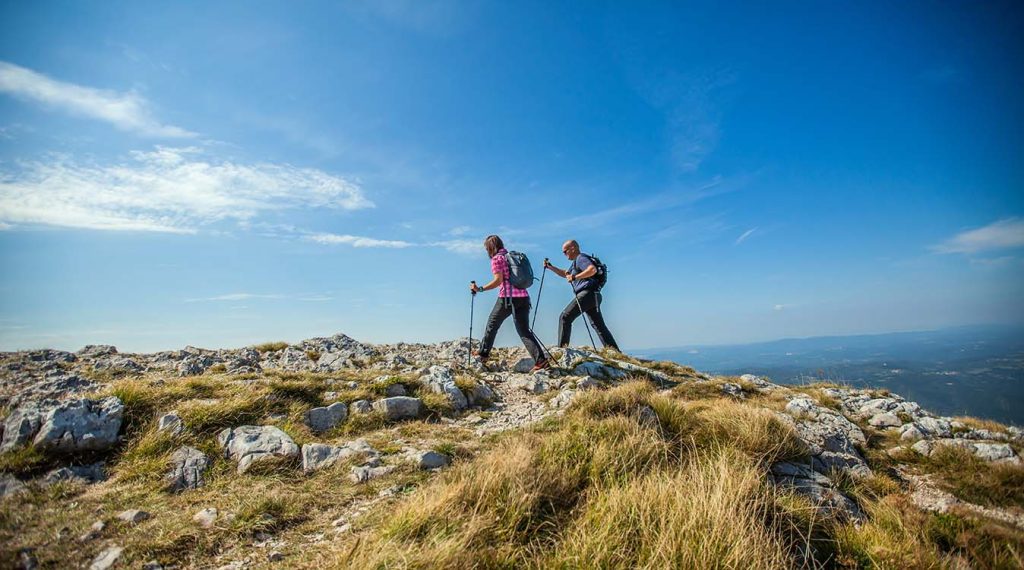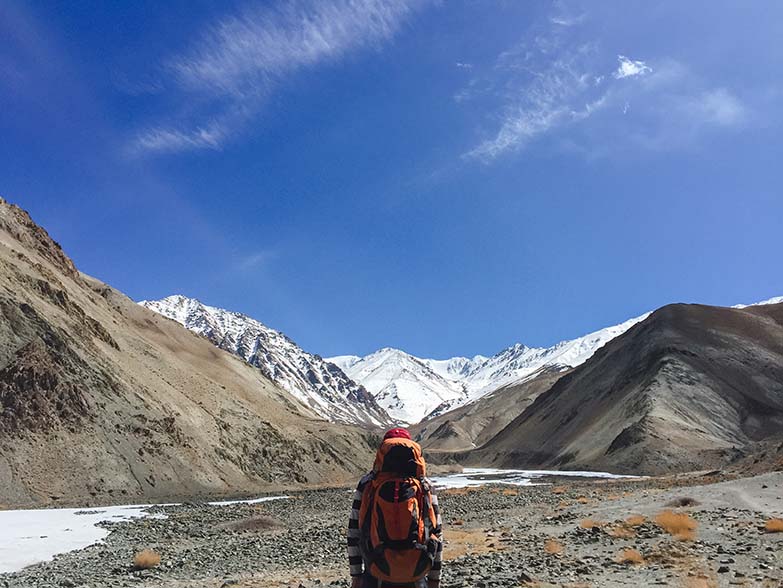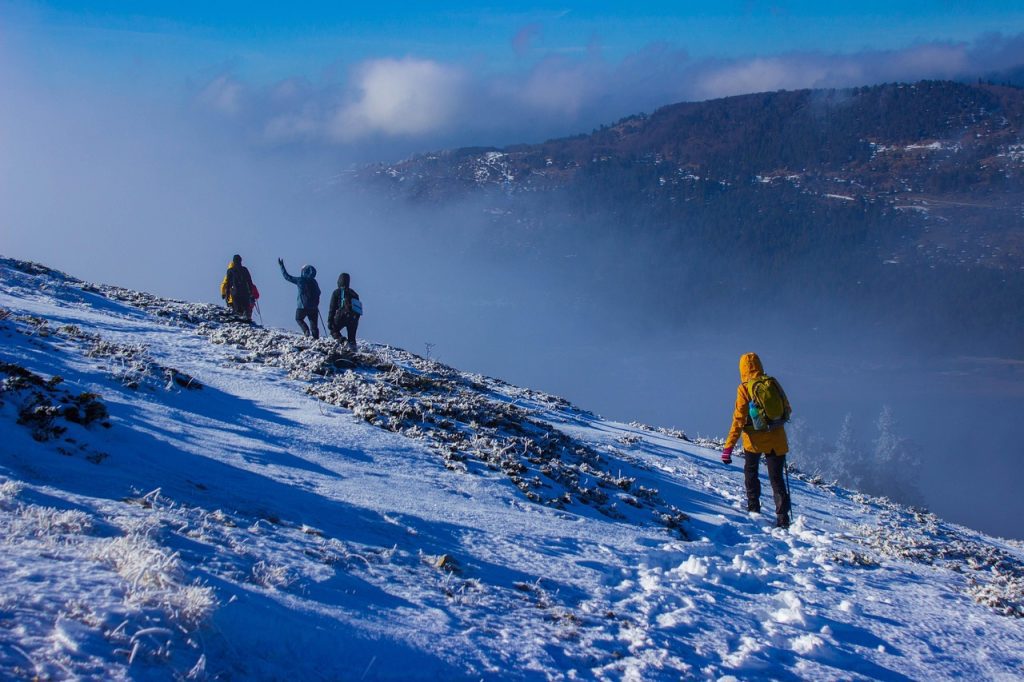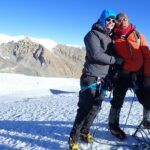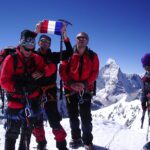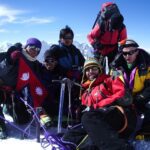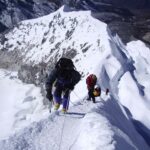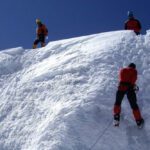Trekking in Nepal is all about adventure, and if you’re planning the Manaslu Circuit Trek, one of the biggest highlights—and challenges—is crossing the Larkya La Pass. At an altitude of 5,160 meters (16,930 ft), it’s one of the highest mountain passes trekkers can conquer in the Himalayas. But what exactly does crossing it involve? What should you expect? And how do you prepare for such a high-altitude feat?
In this guide, we’ll break down everything you need to know about the Larkya La Pass: from the best time to cross, the physical demands, what to pack, and how to stay safe—so you can make the most of this unforgettable adventure.
What is the Larkya La Pass?
The Larkya La Pass is the highest point of the Manaslu Circuit Trek, located in the Gorkha District of Nepal. It connects the Manaslu region with the Annapurna region, serving as a natural gateway between two of Nepal’s most spectacular trekking areas.
What makes this pass stand out isn’t just its altitude—it’s the raw beauty that surrounds it. Expect panoramic views of Himlung Himal, Cheo Himal, Kang Guru, and Annapurna II, among others. The crossing feels wild and remote, giving trekkers a true sense of Himalayan solitude.
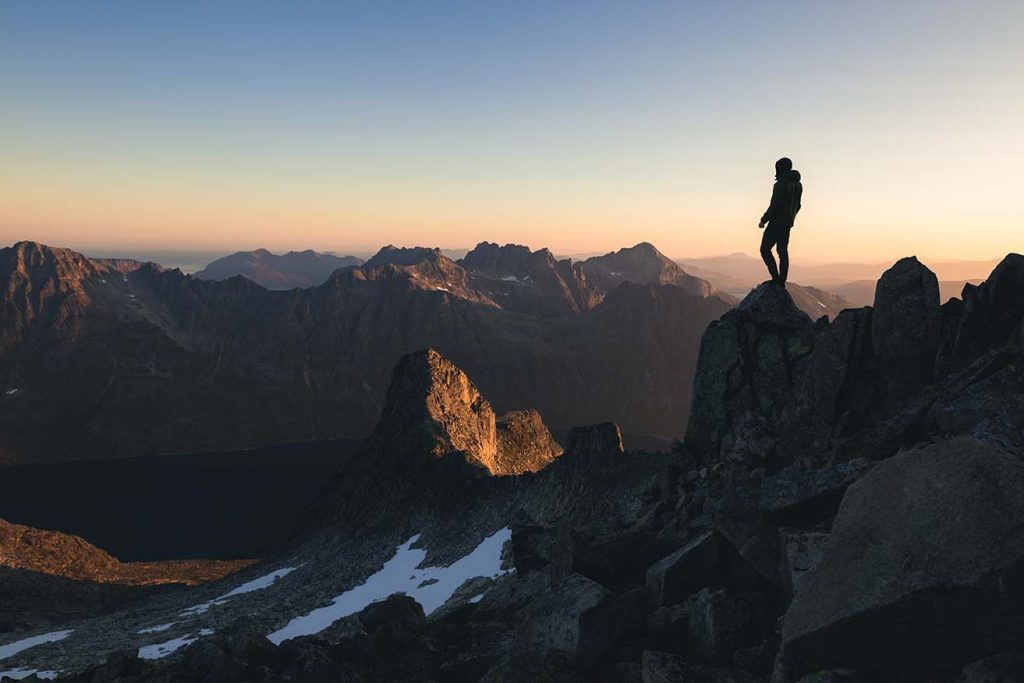
Best Time to Cross the Larkya La Pass
Timing is everything when it comes to crossing high-altitude passes, and Larkya La is no exception. The best time to cross it is during the pre-monsoon (March to May) and post-monsoon (late September to November) seasons. During these months, the weather is stable, the skies are clear, and the trails are in good condition.
Avoid the monsoon season (June to August) due to landslides and leeches, and winter (December to February) when snow can block the pass and temperatures drop dangerously low.
How Difficult is the Larkya La Pass?
Let’s be honest—crossing the Larkya La Pass is not easy. It’s physically demanding, and altitude is a serious challenge. You’ll need to trek for several hours at high elevation, often in windy and cold conditions. The final push to the pass typically begins before sunrise and can take 8–10 hours round-trip, depending on the weather and your pace.
However, it’s not technical—you won’t need climbing gear or ropes. A good level of fitness, proper acclimatization, and mental preparation are the keys to a successful crossing.
What’s the Trail Like?
On the day of the crossing, most trekkers start from Dharamsala (Larkya Phedi), the final teahouse before the pass. The trail ascends gradually at first but becomes steeper and more exposed as you near the top. You’ll be walking on rocky paths, glacial moraines, and sometimes snowfields, depending on the season.
Once you reach the summit of the pass, you’ll be rewarded with breathtaking 360-degree views and a small cluster of prayer flags fluttering in the wind. From there, the descent to Bimthang is steep but scenic, with glacier views and alpine landscapes.
What to Pack for the Larkya La Crossing
Packing smart is essential for this part of the trek. Here’s what you must have:
- Layered clothing (base layer, fleece, down jacket, waterproof shell)
- Thermal gloves and hat
- Sturdy trekking boots with ankle support
- Trekking poles for balance during the descent
- Sunglasses and sunscreen (the UV exposure is intense)
- Headlamp (you’ll start early in the dark)
- Snacks and water to keep energy up
Lightweight but warm gear is your best friend here—you don’t want to carry extra weight, but you also don’t want to freeze.
Safety Tips for a Successful Crossing
- Acclimatize properly. Spend enough time at altitude before the pass—rushing can increase your risk of AMS (Acute Mountain Sickness).
- Start early. Most groups leave by 3–4 AM to avoid high winds and cloud cover.
- Stay hydrated and fueled. Dehydration hits harder at altitude.
- Follow your guide’s advice. They know how to read the trail and the weather.
- Don’t underestimate the descent. It’s long and can be harder than going up.
Why Larkya La Pass is Worth It
Yes, it’s tough. Yes, it’s cold. And yes, you might feel out of breath and sore. But standing atop the Larkya La Pass is one of those moments that will stay with you forever. It’s raw, remote, and incredibly rewarding. Unlike the more commercialized Everest or Annapurna routes, this pass still feels untouched, offering a sense of discovery and accomplishment that’s hard to match.
Final Thoughts
If you’re considering the Manaslu Circuit Trek, crossing the Larkya La Pass will be the defining moment of your adventure. With proper preparation, the right gear, and a good mindset, it’s absolutely achievable—and absolutely unforgettable.
Whether you’re a seasoned trekker or stepping into the Himalayas for the first time, this pass offers not just a challenge, but a journey into some of Nepal’s most untouched and awe-inspiring landscapes.
Read More: Gokyo Lakes or Everest Base Camp: Which Trek Should You Choose?

